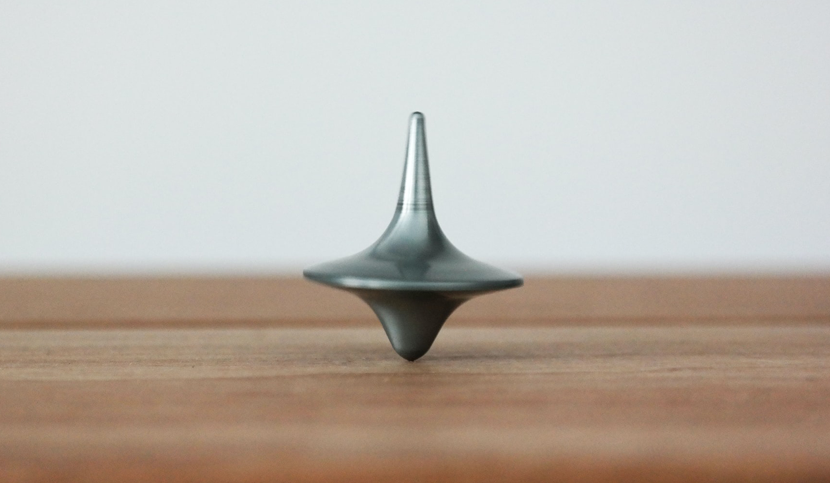What could be more enigmatic than a dream? That experience we live every night, even if we don’t remember it when we wake up. What can they teach us? The progress of neurosciences allows us today to better understand this mysterious phenomenon. In a review published in Lancet Neurology, Francesca Sidari, Katja Valli and Isabelle Arnulf, head of the sleep pathology department at the Pitié-Salpêtrière Hospital and researcher at the Paris Brain Institute, explore the different aspects of our dreams and nightmares and the prospects for neurological diseases.
Dreams are experiences that occur during sleep, while we are disconnected from the environment. Thanks to recent progress in neuroimaging techniques, it is now becoming possible to relate dream features to specific patterns of brain activity. Some conditions occurring in patients with neurological disorders, such as lucid dreams and parasomnias, not only have diagnostic value, but also offer a window into the dream process. They show that dreaming is reflected in physiological signals, behaviours, and brain activity patterns, and that the body can enact dream content. Yet, the dream body can also be distinct from the real body; in their dreams, patients with congenital paraplegia can walk, those with sleep apnoea rarely suffocate, and phantom limb pain can disappear. These conditions provide valuable models for future studies investigating the mechanisms that underlie oneiric experiences.
Source
Dreams and nightmares in healthy adults and in patients with sleep and neurological disorders. Siclari F, Valli K, Arnulf I. Lancet Neurol. 2020.







